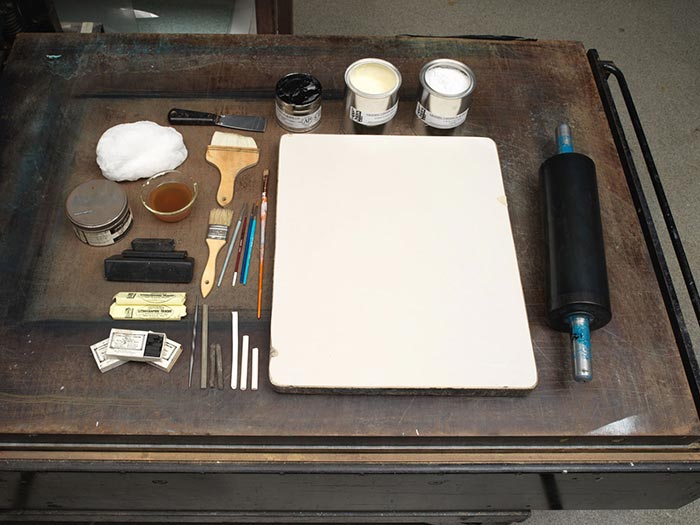A Surprise Party: Parson, "Ah! Habn't I done tole yer not to covert yer neighbor's fowl?"
Thomas B. Worth American
Publisher Currier & Ives American
Not on view
The late nineteenth-century Darktown prints by Currier & Ives depict racist stereotypes that are offensive and disturbing; the images were often accompanied by captions in a demeaning dialect. . The Metropolitan Museum of Art preserves such works to shed light on their historical context and to enable the study and evaluation of racism.
Three caricatured Black (African American) men are depicted in this winter scene. At right, a thin, white-haired parson (wearing a black top hat and a black suit) holds a turkey with his left hand behind his back, as he points a finger with his upraised right hand to admonish a pair of men standing at the center and left of the image. He is telling them not to covet/steal their neighbor's fowl (as indicated by the caption imprinted beneath the title in the bottom margin), even though he is guilty of doing the same act. Indeed, the parson's footprints in the snow lead up to a turkey shed in the right background. At center, there stands a man plump with turkeys stuffed in front and back --beneath his dark gray and blue jackets; his rounded mouth expresses surprise. At left, a man wearing a green jacket and a white top hat hides the turkey on his back with an open white umbrella. The turkeys's heads and feet stick out from beneath the two men's clothes. Both men have just exited the turkey shed at the far left. In the background, a church with a steeple is sited at the top of a snowy hill.
Nathaniel Currier, whose successful New York-based lithography firm began in 1835, produced thousands of prints in various sizes that together create a vivid panorama of mid-to-late nineteenth century American life and its history. People eagerly acquired such lithographs featuring picturesque scenery, rural and city views, ships, railroads, portraits, hunting and fishing scenes, domestic life and numerous other subjects, as an inexpensive way to decorate their homes or business establishments. As the firm expanded, Nathaniel included his younger brother Charles in the business. In 1857, James Merritt Ives (the firm's accountant since 1852 and Charles's brother-in-law) was made a business partner; subsequently renamed Currier & Ives, the firm continued until 1907. The artist of this print is Thomas Worth, a prolific nineteenth-century illustrator who excelled at drawing horses and other subjects, many of which were made into lithographs published by Currier & Ives.

